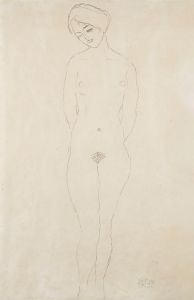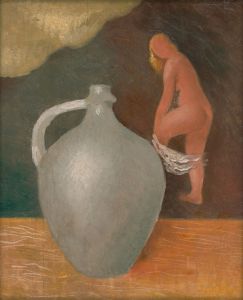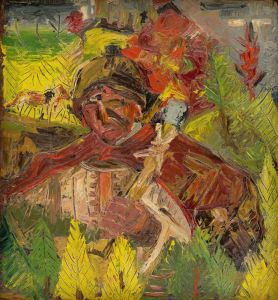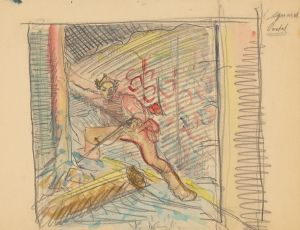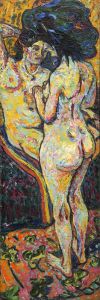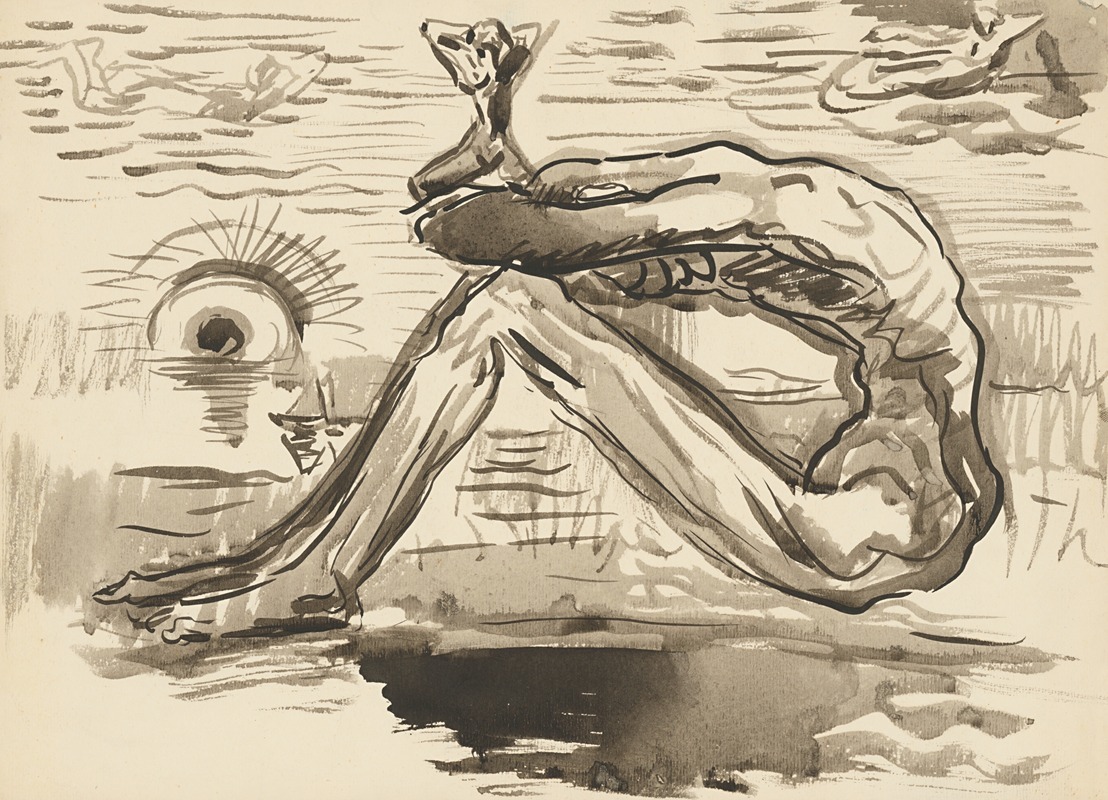
Dream
A hand-painted replica of Arnold Peter Weisz-Kubínčan’s masterpiece Dream, meticulously crafted by professional artists to capture the true essence of the original. Each piece is created with museum-quality canvas and rare mineral pigments, carefully painted by experienced artists with delicate brushstrokes and rich, layered colors to perfectly recreate the texture of the original artwork. Unlike machine-printed reproductions, this hand-painted version brings the painting to life, infused with the artist’s emotions and skill in every stroke. Whether for personal collection or home decoration, it instantly elevates the artistic atmosphere of any space.
Arnold Peter Weisz-Kubínčan was a Slovak-Hungarian modernist painter and graphic artist, active during the early 20th century. His works are known for their unique blend of symbolism, surrealism, and expressionism, often reflecting themes of spirituality, human emotion, and existential inquiry. Among his notable works is the painting titled Dream (Sen in Slovak), which exemplifies his distinctive artistic style.
Dream is a striking example of Weisz-Kubínčan's ability to merge dreamlike imagery with profound emotional depth. The painting is characterized by its surreal composition, featuring abstract forms and symbolic elements that evoke a sense of mystery and introspection. The use of vibrant yet harmonious colors, combined with fluid, almost ethereal brushstrokes, creates a dreamlike atmosphere that draws the viewer into the artist's inner world.
Weisz-Kubínčan's artistic career was deeply influenced by the cultural and political climate of Central Europe during the interwar period. Born in 1898 in Dolný Kubín, then part of Austria-Hungary, he studied art in Budapest and later in Prague, where he was exposed to various avant-garde movements. His works often reflect the tension and uncertainty of the era, as well as his personal struggles and philosophical reflections.
Tragically, Weisz-Kubínčan's life and career were cut short during World War II. As a Jewish artist, he became a victim of the Holocaust and was deported to a concentration camp, where he perished in 1944. Much of his work was lost or destroyed during this time, making the surviving pieces, including Dream, all the more significant.
Due to the limited availability of detailed records about specific works by Weisz-Kubínčan, precise information about the creation date, medium, and current location of Dream is not readily available. However, the painting remains an important representation of his artistic legacy and serves as a poignant reminder of the cultural contributions lost during the Holocaust.
Weisz-Kubínčan's art continues to be celebrated for its emotional resonance and innovative approach, and Dream stands as a testament to his talent and vision. His works are periodically exhibited in galleries and museums, particularly in Slovakia, where efforts have been made to preserve and honor his artistic heritage.





